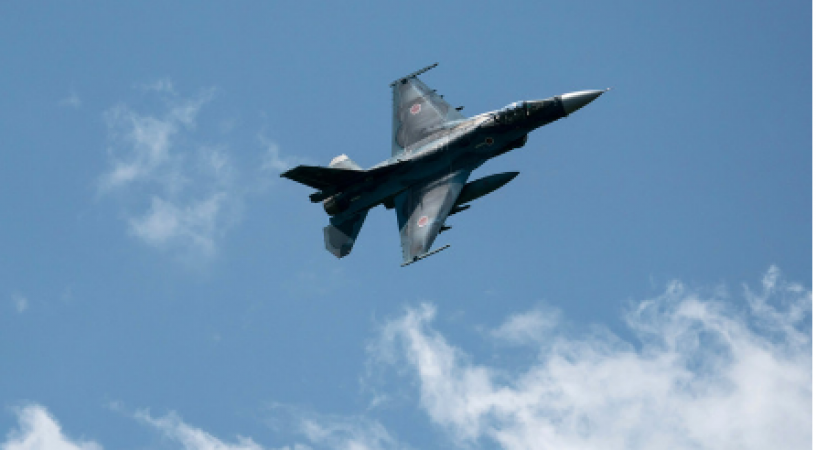
Tokyo, Japan — A tense aerial encounter unfolded on Saturday as Japan swiftly deployed fighter jets to intercept and monitor a group of Chinese bombers traversing the East China Sea, announced the Japanese Defense Ministry.
According to official reports, four Chinese H-6 bombers breached the air defense identification zone (ADIZ) encircling the Japanese island of Miyakojima at approximately 11:30 a.m. local time. This provocative move was accompanied by the presence of two Chinese fighter jets, prompting Tokyo to respond decisively.
Japan's fighter jets were rapidly launched from the Naha Air Base located in Okinawa Prefecture. With unwavering diligence, they maintained surveillance on the Chinese aircraft until the latter exited the ADIZ, an operation that concluded around 12:30 p.m.
Also Read: Military leaders in Niger expel the French ambassador, blaming Paris for their actions
This marks the second occurrence this month where Chinese bombers have encroached upon Japan's ADIZ. A strikingly similar event unfolded on February 24 when four Chinese H-6 bombers entered the same zone during comparable hours.
The Japanese government, echoing citizen concerns, has voiced unease over the mounting instances of Chinese military aircraft in close proximity to Japanese territory. Adding to the apprehension, China has intensified its naval maneuvers within the East China Sea, an area that Japan lays claim to as its own.
Japanese officials pledge to uphold unwavering vigilance by closely monitoring Chinese military activities, ready to undertake essential actions to protect their airspace and sovereign territory.
The Chinese government, however, has refrained from issuing any statements on the reported incidents.
This confrontation transpires amidst an era marked by escalating tensions between Japan and China. Core disputes include the contested Senkaku Islands, a cluster of uninhabited landmasses situated in the East China Sea. While under Japan's administrative control, these isles remain hotly contested by China. The ongoing dispute has festered, continually straining bilateral relations.
The latest aerial incident, while emblematic of the complex territorial dynamics, also underscores China's escalating military capabilities. With aspirations to assert dominance within the region, China's actions serve as a stark reminder of the evolving power dynamics in the geopolitical arena.
Also Read: Michigan Ravaged by 7 Tornadoes: 5 Lives Lost as Trees and Power Lines Fall Amidst Storm Chaos
As both nations recalibrate their stances, the incident serves as an alarming reminder of the broader implications and intricacies that underpin East Asian security. The tenuous balance and the potential for unforeseen escalations hang in the balance, casting a cloud of uncertainty over regional stability.